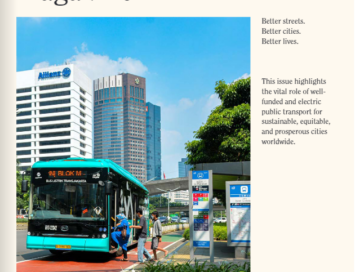Europe’s Parking U-Turn: From Accommodation to Regulation
Source: Michael Kodransky and Gabrielle Hermann
This paper is the second in a series of policy papers from ITDP on parking. The first paper, released in Spring 2010, focused on successful parking practices in U.S. cities. This paper reviews successful parking practices in European cities.
Parking management is a critical and often overlooked tool for achieving a variety of social goals. For much of the 20th Century, cities in Europe (like cities in the rest of the world) used parking policy mainly to encourage the construction of additional off-street parking, hoping to ease a perceived shortage of parking.
In the last few decades a growing number of European cities have led the world in changing the direction of parking policy. European citizens grew tired of having public spaces and footpaths occupied by surface parking. Each parking space consumes from 15 m2 to 30 m2, and the average motorist uses two to five different parking spaces every day. In dense European cities, a growing number of citizens began to question whether dedicating scarce public space to car parking was wise social policy, and whether encouraging new buildings to build parking spaces was a good idea. No matter how many new parking garages and motorways they built, the traffic congestion only grew worse, and as much as 50% of traffic congestion was caused by drivers cruising around in search of a cheaper parking space.
In the cities reviewed here, parking policy has been reoriented around alternative social goals. Some recent parking reforms are driven by the need to comply with EU ambient air quality or national greenhouse gas targets. Other new parking policies are part of broader mobility targets encouraging reductions in the use of private motor vehicles. While London, Stockholm, and a few other European cities have managed to implement congestion charging to reduce motor vehicle use, more are turning to parking.



